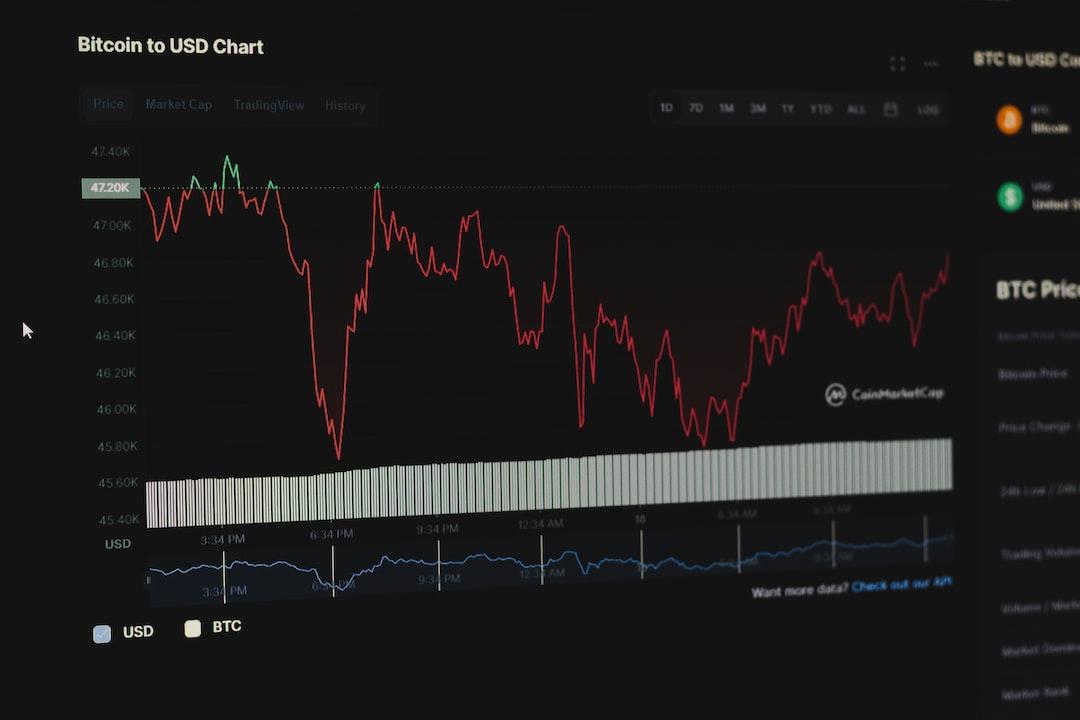Why is Aethir considered the flagship project of Web3 GPU as a Service (GPUaaS)? Let’s take a closer look.
Decentralized computing is one of the most powerful use cases for Web3 global business. In 2023, the DePIN industry saw explosive growth, with over 755 projects and a market value exceeding $32 billion. The industry’s utilization rate is 40-70%, with annual revenue of $27.5 million.
In the current GPU as a Service market, Aethir dominates with the most GPUs, the most A100 and H100, and the lowest A100 hourly fee. They have rendering equipment worth $24 million in 25 locations across 13 countries. This is not to be underestimated.
Aethir leverages a diverse GPU supplier network, including enterprise, data center, mining, and retail suppliers, to maximize hardware utilization and ensure cost-effectiveness. For example, the A100 hourly fee on Aethir is $0.30, while Amazon’s AWS charges $41 per hour.
On the demand side, Aethir targets the enterprise segment that requires a large number of GPU resources, mainly in the gaming and AI fields. Apart from decentralization and cost-effectiveness (clear advantages of Web3 GPUaaS over Web2), what sets Aethir apart?
Diverse network access: More adaptable and efficient network management compared to traditional cloud rendering services.
Transparent container assessment framework and overall quality advantage of the services provided.
Enhanced low-latency technology: Predictive algorithms, advanced video capture, region of interest encoding, super-resolution technology, custom video rendering adjustments.
Diverse hardware access.
Hardware acceleration through Aethir Edge.
With these advantages, Aethir achieved transactions worth over $20 million in the first quarter of 2024, including contracts with the world’s largest gaming companies and Well-Link Tech. Other partners include NVIDIA, Seedify, Magic Eden, and more.
Aethir’s business model includes charging a 20% service fee (in ATH tokens) for transactions between customers and suppliers. Additionally, 50% of the total supply of ATH tokens is distributed in the form of rewards to node operators and service providers.
Node operators’ income comes from the following sources:
Service fees (80% goes to node operators).
Token incentives for rendering work proofs (completed).
Token incentives for proof of capacity (availability of computational resources).
In my opinion, Aethir is ready to capitalize on the growing demand for decentralized computing. By expanding its GPU infrastructure and establishing key partnerships, Aethir aims to meet the high demand for processing power. According to information provided by CoinMarketCap, they plan to achieve a target of over 50,000 H100 GPUs in 2024.


